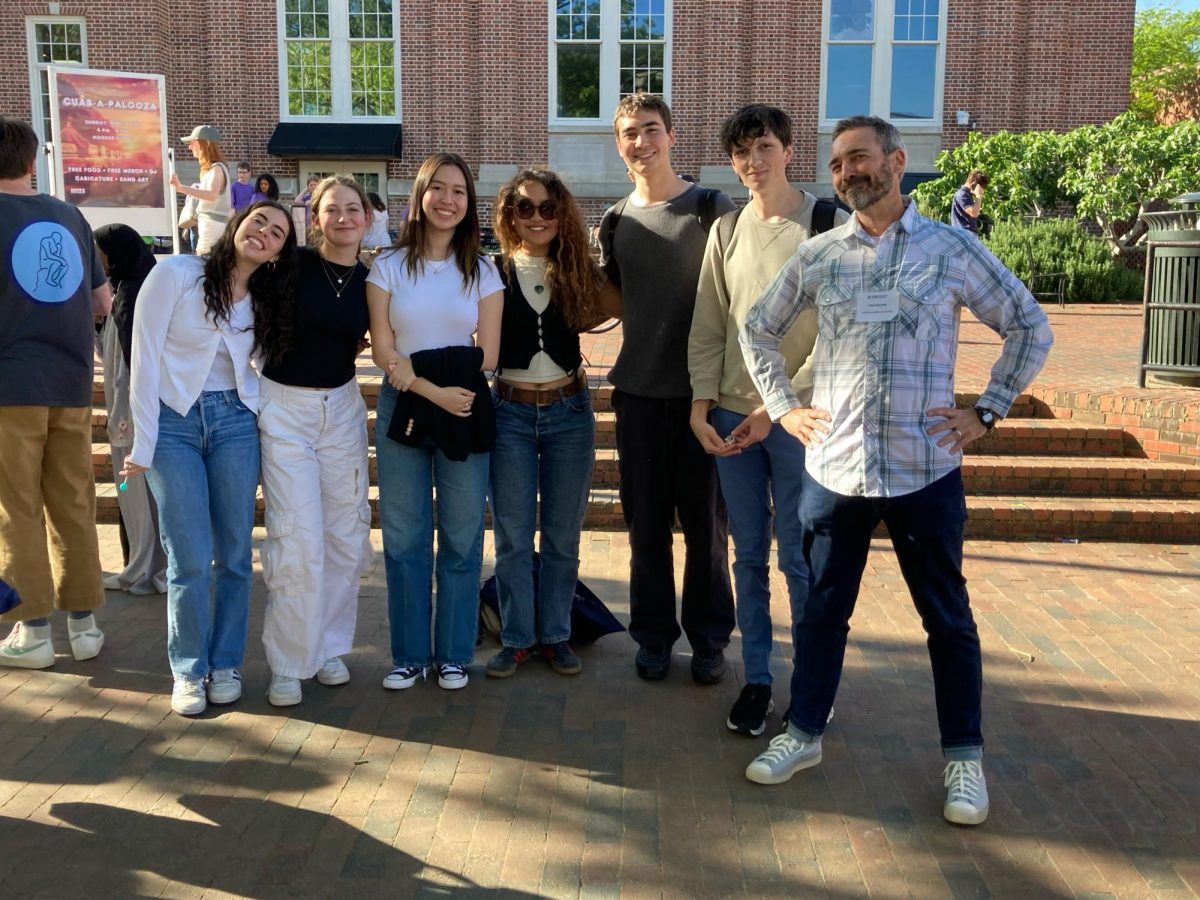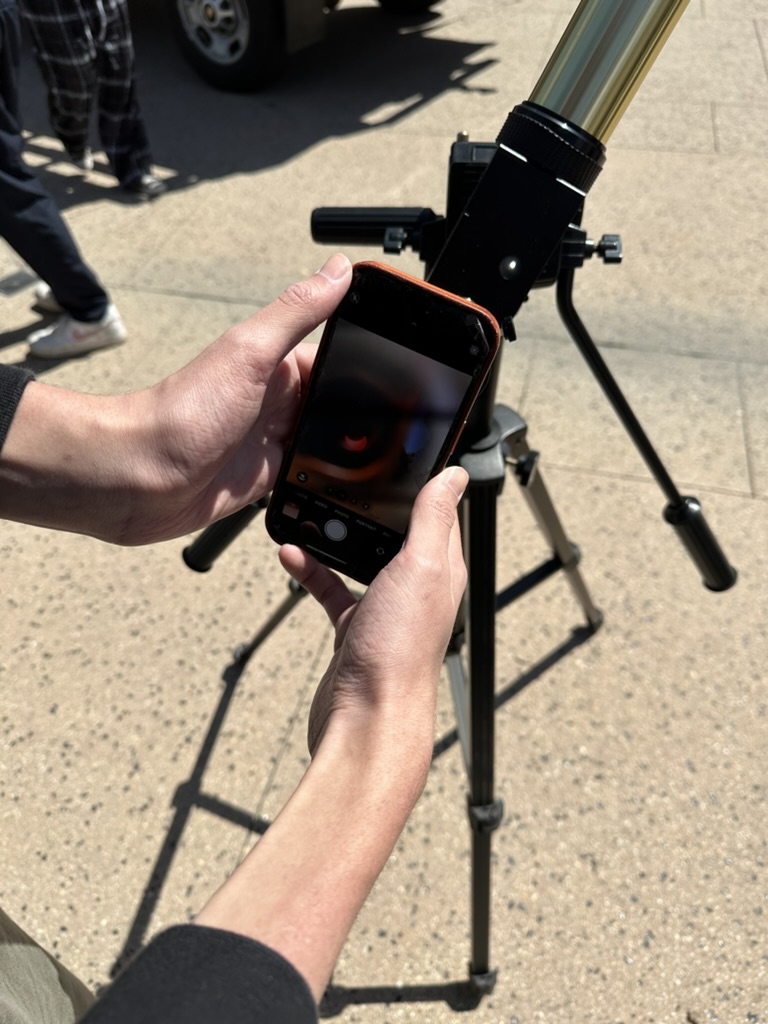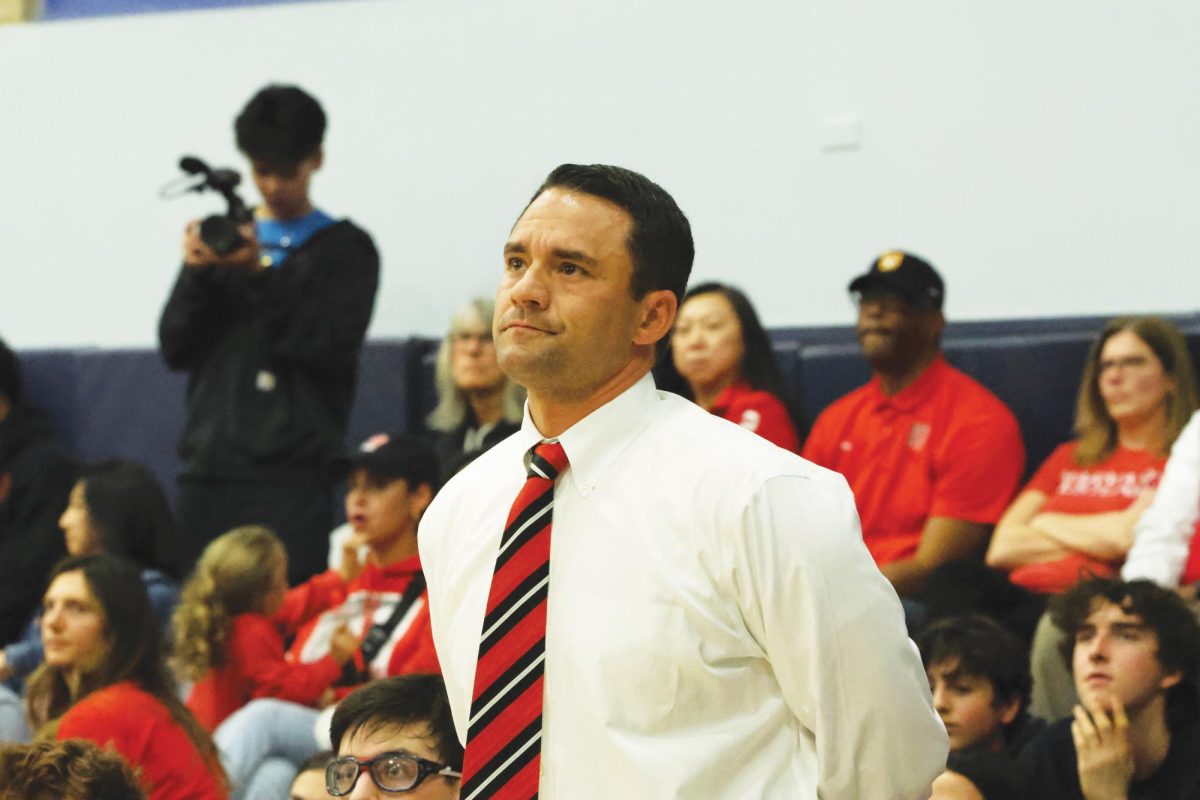By Rebecca Nussbaum
After school, 18-year-old Yang Yujie studies at her desk for four hours, yawning through her chemistry homework. She glances at her phone to check the time, hoping to finish the problems in time to watch a movie before bed. Last year, like many American students, Yang spent countless hours preparing for the SAT Reasoning Test, and this summer she wrote college essays. All of her preparation paid off, as she was accepted early decision into her first choice, Bucknell University. She is excited about attending the university next year to study economics and develop her budding interest in fashion design.
But one minor detail distinguishes Yang from Harvard-Westlake students. She lives in China.
Next fall, Yang, a senior at Beijing No. 101 High School, will join the rapidly increasing community of Chinese public high school students matriculating to American universities. At 157,000, Chinese students make up the largest international contingent at American schools, according to the Institute of International Education. Five hundred forty-four Chinese students studied at Yale University in the 2010-2011 academic year, triple the second largest population of international students, from India. Chinese make up 27 percent of the international population and almost five percent of the total Yale enrollment, according to the Yale website.
Study abroad is getting so popular in China that many public schools prepare their students for the SAT Reasoning Test and the Test of English as a Foreign Language in addition to the Gaokao, the national college entrance examination to attend a Chinese university, said Jiang Xeuquin, Deputy Principal of Peking University High School and director of the International Division.
Yang read college guide books and talked to Chinese students at Bucknell before she decided to apply Early Decision there, she said. She loved the way her friends described the school and is excited for the American academic environment.
“In Chinese schools, teachers talk more about the knowledge in books,” Yang said. “That is boring. I think in an American university, the professor can combine knowledge with real experience.”
Jiang confirms that the typical Chinese and American educational philosophies differ significantly. Chinese public high schools’ main goal is to get their students into one of the top 50 American universities, he said, focusing on SAT, TOEFL and AP scores. Although this quantitative mindset will place their students into colleges, it will not ensure that they are prepared for the college experience, Jiang said.
“For most Chinese students, secondary education means lectures and memorization and cramming for exams,” Jiang wrote in The Chronicle of Higher Education. “Other skills, like communication, critical thinking and speaking English, get slighted. As a result, these students often show up in freshman classes unprepared for the challenge of an American college education.”
Academic suspension and dropping out are common among Chinese international students, as is to social reclusion, Jiang said.
Jiang’s school, Peking University High School International Division, is a school of 50 students within a large public high school, and it is designed specifically for 10th to 12th graders planning to matriculate to an American college. One of the school’s main goals is to bridge the educational and social gap between the distinct school systems.
“We are interested in ensuring our students are prepared well for study abroad and for life in society,” Jiang said. “While that sounds intuitive to an American, it’s actually a distinctive and progressive approach in China where most educators believe it’s their job to get their students into a top university, and that’s it.”
“What makes our program special is our focus on the soft skills, imagination, empathy and resilience, that our students will need to overcome obstacles and to succeed at both university and life,” Jiang said.
Jiang helps students develop these “soft skills” specifically through the English curriculum, focusing on developing the students’ reading and writing skills.
“Of course I’m excited to come to America to study,” she said. “But to be honest, I’m also very nervous. I’m not sure how to deal with the gap between the two cultures. I have many friends who have gone to the United States and told me that they feel lonely.”
“Chinese parents cannot imagine the psychological costs of sending young children overseas to a completely different culture,” Jiang said.
Therefore his school takes steps to smooth the large transition to American culture. Jiang’s students spent six weeks in America this summer studying, hiking, canoeing and touring colleges in the Northeast to foster confidence and give his students an opportunity to see colleges firsthand. Additionally, a group of students will travel to Botswana in January to do service learning, Jiang said.
He plans to keep developing study abroad opportunities similar to these programs in order to give his students the tools and skills to adapt to new situations, a skill that will smooth their transition to American college life.





































